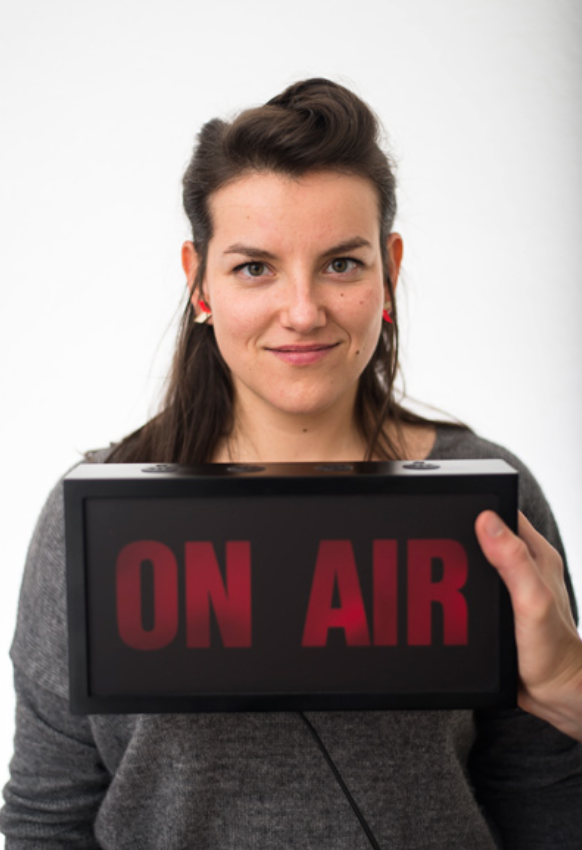Audio stories are old and contemporary at the same time. Seneca wrote theater pieces that were not staged but recited. Around 1950 the listening game was very popular, thanks to the then new medium radio. Under Milk Wood by Dylan Thomas (1954) is a powerful example of this. Today, audio stories quickly find new artistic applications: in podcasts thanks to the internet, in audioguides thanks to smartphones and theatrical narrations thanks to the use of multimedia on stage.
Audio stories are located between media, theater and literature. Apart from the wearer, they consist purely of language and sound and work on the personal imagination of the listener. In order to represent the images, the audio story uses specific narrative elements: voice, scenes, music, sounds and silence.
What are the consequences when writing and performing a narrative voice in audio stories in three different contexts: in podcast, audio guide and audio performance?
As a creator, teacher and curator of audio stories, Katharina Smets notes that the vocabulary to talk about audio stories today is limited. In this study, the audio story will be approached as a full-fledged art form. Through interviews with makers, master classes and listening evenings, she collects material for qualitative research in a publication. Her personal artistic research is tested in narrative podcasts, audio voices and audio performances.
Promoters: Clara van den Broek & Luc Van den Drie
(c) Olmo Peeters





